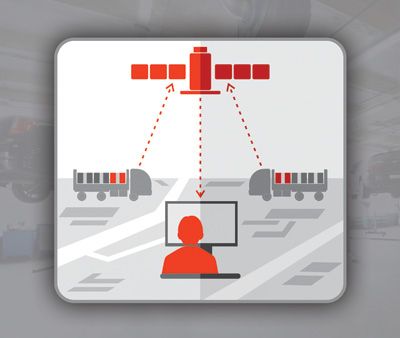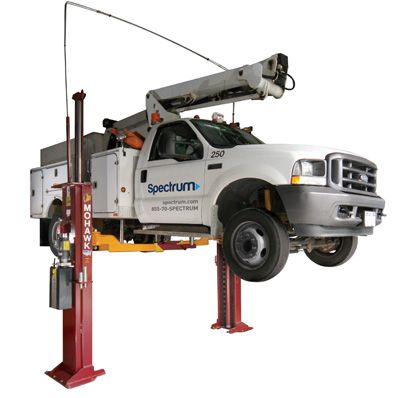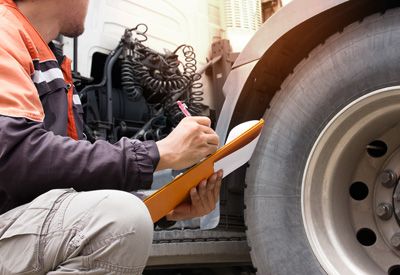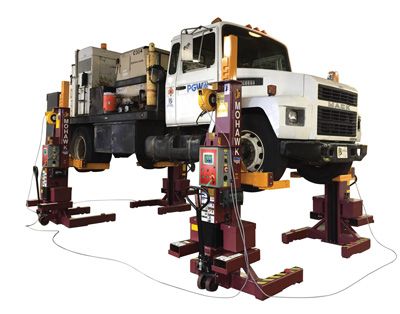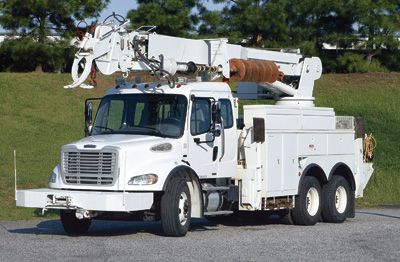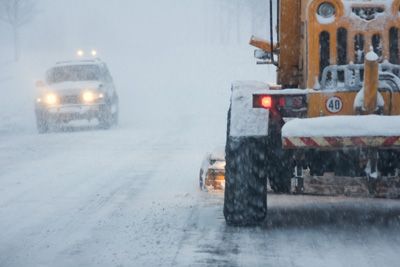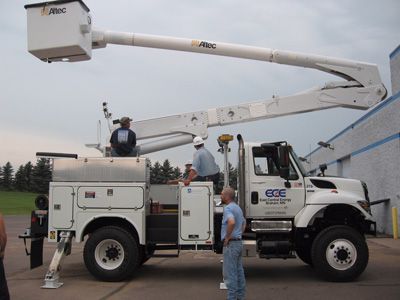How Utility Fleets Use Telematics for Preventive and Predictive Maintenance
When utility fleets use telematics as intended, the benefits of the technology can be wide-ranging. Each asset, each mile driven and each minute spent idling generate data and insight that tell a story about the fleet.
And telematics data can be analyzed to determine not only what is currently happening with fleet assets, but also what could happen in the future. That’s why some utility fleets have begun to use the data for both preventive and predictive maintenance. However, where predictive maintenance is concerned, there are some operational hurdles to overcome.
At Baltimore Gas & Electric Co., telematics was implemented in heavy-duty vehicles in 2011 and in all light- and medium-duty vehicles in 2014 when the utility was acquired by Exelon Corp. Now, telematics is available on 1,289 vehicles and about 40 other assets, according to America Lesh, manager of fleet at BG&E.
Every three hours, Verizon provides the mileage, engine hours and GPS coordinates of all enabled BG&E vehicles and equipment. That data is uploaded to BG&E’s fleet management system.
Currently, according to Lesh, BG&E’s “maintenance cycles are relative and based on usage. This means that vehicles with higher utilization are serviced more frequently. Telematics allows us to perform maintenance on a specific asset, as needed, based on the usage [mileage and hours] instead of relying on time alone.”
Having the actual usage data has allowed BG&E to extend preventive maintenance cycles and avoid “performing unnecessary maintenance on underutilized vehicles,” Lesh said.
An added bonus is that the GPS information provided helps prevent the need to look for “trucks that are not at their expected parking location,” Lesh said.
PECO Energy Co., headquartered in Philadelphia, is relatively new to using telematics data for fleet maintenance purposes, according to D. Cooper Colbert Jr., manager of fleet operations for the utility. The fleet has 1,537 total units, ranging from light-duty service trucks to tractor-trailers. PECO installed telematics on all of its 1,247 on-road units in 2013 but has taken a slower approach to using the data generated to identify maintenance issues.
“Fleet services identified the five most troublesome fault codes and is monitoring proactively for additional diagnostic opportunities,” Colbert said. PECO collects data on engine hours, idle time, location, active fault codes and miles driven. In the future, Colbert believes that “adjusting preventive maintenance for vehicles based on engine hours/miles driven as opposed to time-based intervals will greatly enhance the PM process.”
An Imperfect System
Although telematics systems already generate the data to help a utility fleet move from preventive maintenance to predictive maintenance, it is not necessarily a smooth transition.
In general, telematics has its own challenges, according to Lesh. Units that are unresponsive, due to issues such as telematics equipment that is offline or not connecting properly, require staff time in “identifying these units and troubleshooting the issue that causes them to become nonresponsive,” she said. That may include a cellphone dead spot, which causes the lost connection.
Another challenge is the cost of telematics, which is “an investment both financially and in personnel,” Lesh said. “The program requires resources to actively manage and set goals so that we can continue to see the value and benefit of telematics.”
Add in all the data generated in trying to anticipate an issue and, “with the amount of information available, sorting through the noise gets cumbersome and labor intensive,” Colbert said. “Understanding the commitment of resources to proactively contact a user, schedule the vehicle and fit the diagnostic appointment in with existing out-of-service repairs are all challenges that need to be overcome before an effective predictive maintenance program driven by telematics can be successful.”
Still, Colbert sees the potential, especially as telematics users more fully embrace preventive and predictive maintenance applications. “In a perfect world, [the ability to] proactively contact an operator that they will be having a diesel particulate filter or exhaust gas recirculation issue if they do not bring the vehicle in for service will minimize vehicle downtime and increase productivity,” he said.
About the Author: Sandy Smith is a freelance writer and editor based in Nashville, Tennessee.
*****
5G Networks and Telematics
Sometime in 2020, 5G mobile networks will be broadly implemented, bringing with them a potential revolution in just how much vehicles communicate with each other and with other devices.
If you’re not sure what the effect of moving from 4G to 5G will be, you’re not alone. Consider the dramatic impact brought about by the switch from 3G to 4G networks. On 3G, phones were used primarily for calls and text messages, while 4G brought greater internet connectivity, such as the ability to stream movies.
Most experts believe 5G will provide even more connectivity. According to chipmaker Intel, 5G networks will be working with some 200 billion devices, including smart city sensors and Internet of Things (IoT) applications, as well as smartphones.
Aeris – an IoT solutions provider – predicts that telematics systems developers will take advantage of 5G to push forward more vehicle-to-vehicle and vehicle-to-infrastructure communications, making autonomous vehicles more likely. In the meantime, fleet tracking and other telematics solutions are expected to gain speed and reliability, plus they’ll provide more opportunities for insight.


